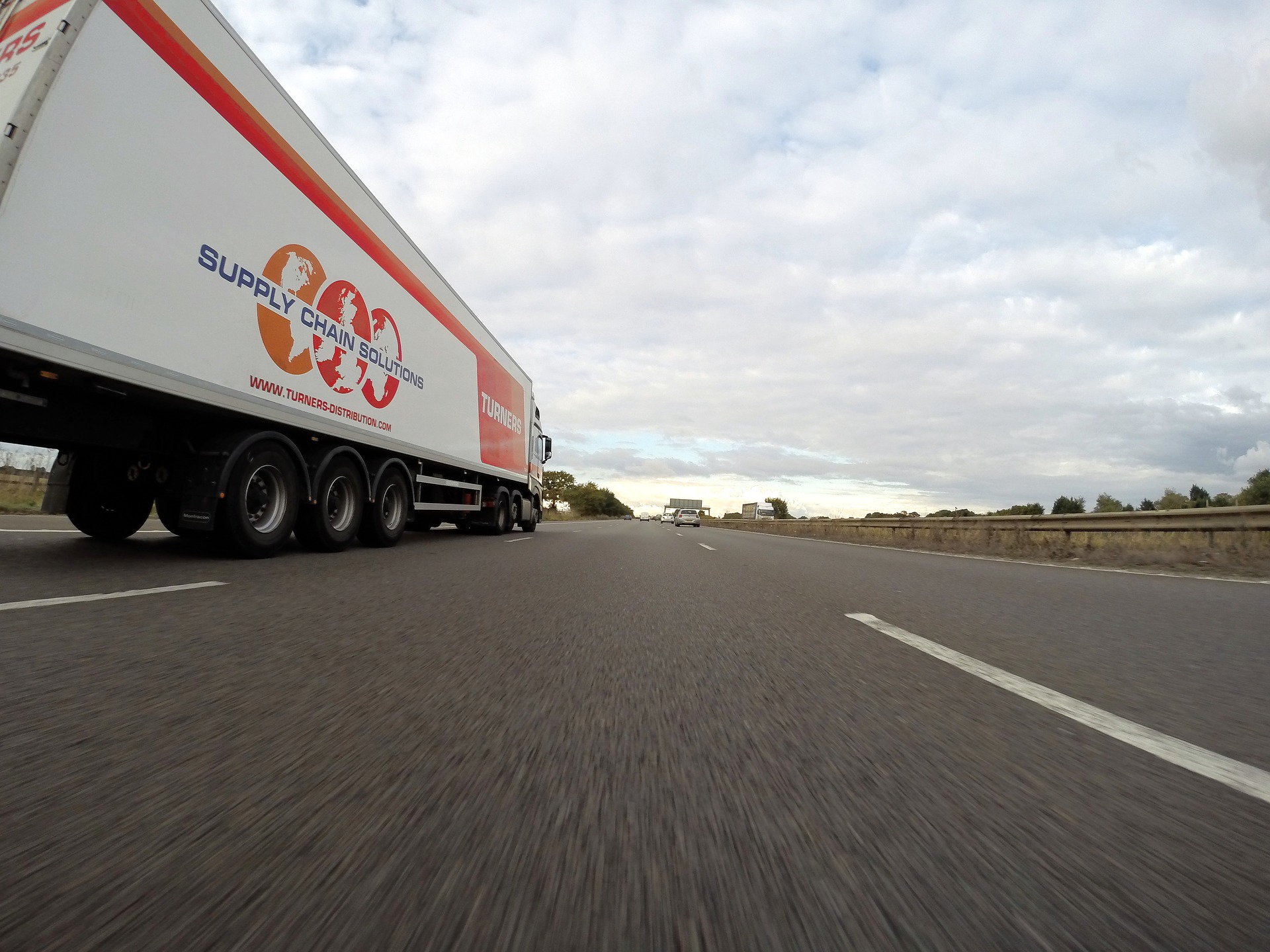Fuel breaks are the latest battle ground between the state, environmental advocates who argue for “hardening homes for wildfire,” and state wildfire officials as California experiences another dangerous season of wildfires.
If you are not familiar with the term, a fuel break is a strip of land on which the vegetation and fuels have been reduced or modified to decrease the risk of a fire crossing the strip of land, according to the “Fuels Reduction Guide,” California Department of Forestry and Fire Protection, or CAL FIRE.
Think of fuel breaks as expensive – it cost over $30 million for California to create 35 fuel break projects in 2019 – “speed bumps” cleared of plants and sometimes trees that help slow fire and give firefighters time to set-up fire lines.
In January 2021, Newsom’s “Wildfire and Forest Resilience Action Plan” recommended $335 million “to complete at least 45-60 strategic fuel break projects each year over the next several years and grants to support local wildfire plans and projects.”
According to an investigative article by the San Francisco Chronicle, the 35 “completed” fuel break projects from 2019 in 200 of the most vulnerable communities in California played little to no role in stopping wildfires. A handful of fuel breaks did stop small parts of larger wildfires in 2020, but most were untested.
These same projects were the ones Newsom misrepresented in June 2021, when the governor claimed that all 35 projects covering a combined 90,000 acres were competed. In fact, only 11,399 acres had been treated, according to Capitol Public Radio. I summarized the “scandal” several weeks ago for Right by the Bay.
Los Padres Forest Watch, who questioned the investment in fuel breaks in the San Francisco Chronicle story, says, “We have long known that fuel breaks do not passively stop wildfires, and they are not very effective when manned by firefighters — especially under extreme weather conditions.”
Los Padres Forest Watch, based in Santa Barbara, isn’t alone in their criticism of fuel breaks. Alexandra Syphard, Ph.D., is a senior research scientist at the Conservation Biology Institute, and one of the most often quoted voices on the data behind fuel breaks because, frankly, there is little research on the subject.
Syphard is skeptical about fuel breaks, saying in a 2019 Los Angeles Times piece, ‘“Time and time again in my research,” she said, “I find that fuel is one of the least important factors when it comes to protecting the home.”’
Syphard’s study found, “Many fuel breaks never intersected fires, but others intersected several, primarily in historically fire-prone areas. Fires stopped at fuel breaks 46% of the time, almost invariably owing to fire suppression activities.”
The debate about fuel breaks doesn’t stop at the California border. In 2019, the Trump administration drafted a plan to create 11,000 miles of fuel breaks across six western states. The plan was referred to as a “grand experiment” and environmental review, public comment, and final documentation was completed as of fall 2020, but it is unclear if the massive project is underway.
The BLM report noted that the cost of studying the proposed fuel break project cost $2 million.
According to Bloomberg Law, the U.S. Bureau of Land Management (BLM) historically uses fuel breaks but have failed to keep reliable data on fuel break effectiveness, with federal data showing “wildfires have routinely burned through fuel breaks that were mapped in federal databases.”
In a “we have to pass the bill to know what’s in it” moment, a BLM project manager said there is uncertainty about fuel breaks but you “have to have fuel breaks” in order to study them.
A BLM fact sheet says, “Fuel breaks are designed to work in conjunction with fire resources (e.g., engines, water tankers, etc.) to stop fires. In most situations fuel breaks alone will only reduce the rate of spread and intensity of a wildfire.”
California is entering a new period of intense of wildfires. The effectiveness of all our wildfire tactics and tools should be on the table for scrutiny. An “all of the above” approach to fighting wildfires may be the right approach, but Californians should be skeptical of funding for projects that may rely on methods that are out of date, ineffective, or have little evidence of success.
Given Newsom’s exaggeration of previous fuel break projects, let’s hope the over $300 million a year dedicated to these projects will actually be completed. Who knows, if the state follows through on its commitment, and accurately monitors the program, we might finally get the data we need to see if fuel breaks are worth it.
Evan Harris is media relations and outreach manager at PRI.

